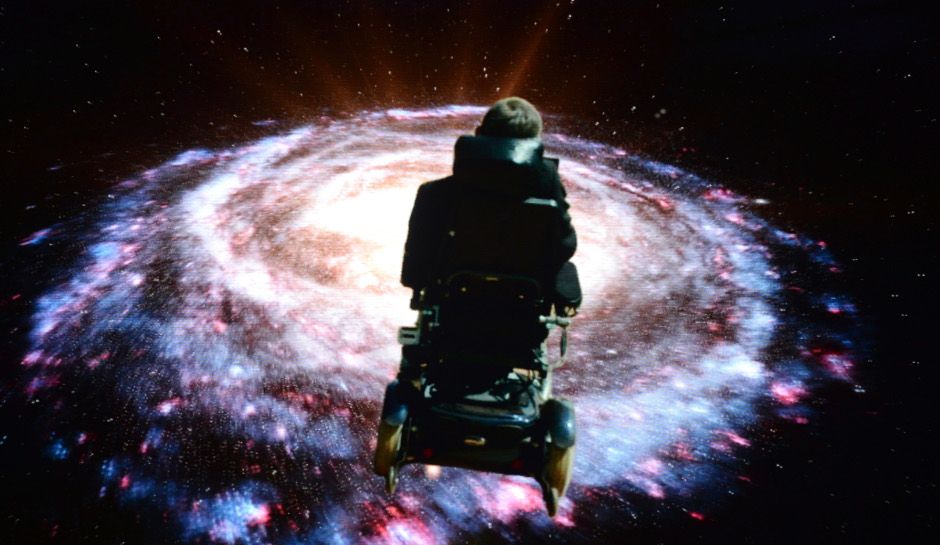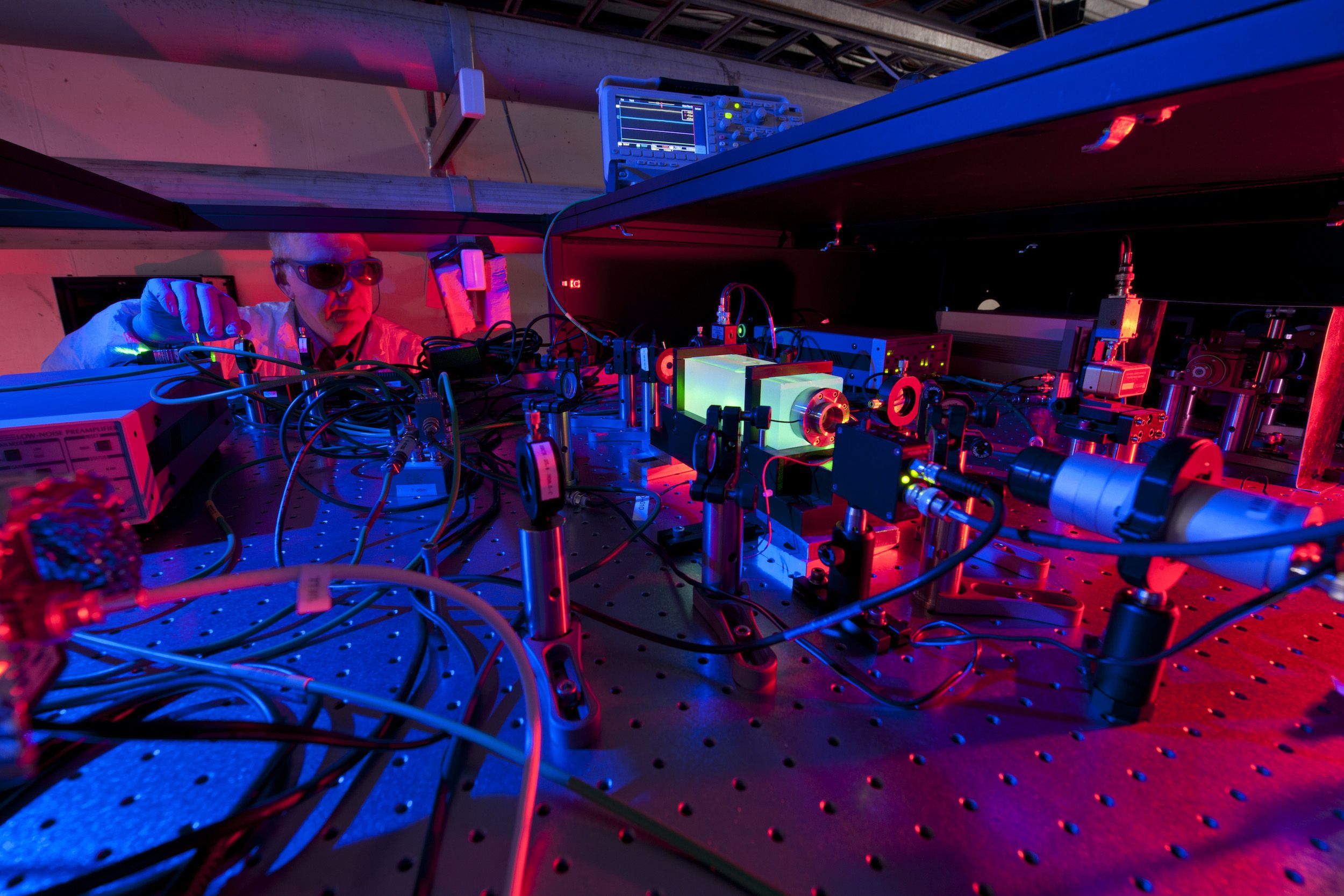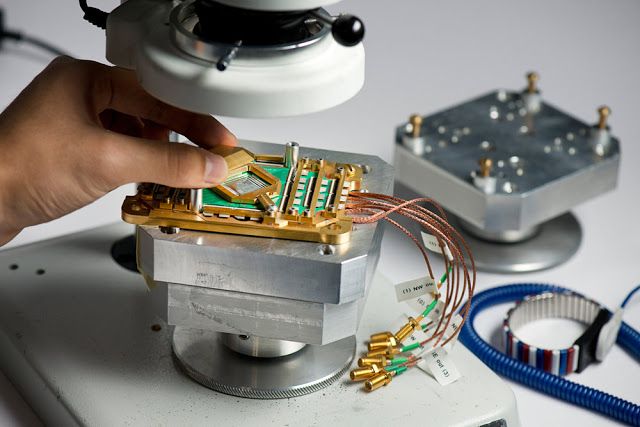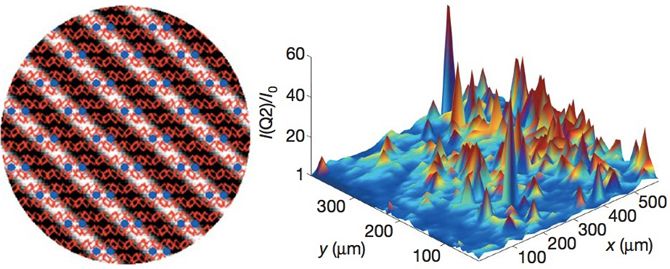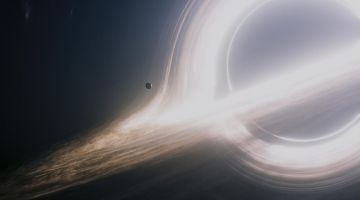Nov 25, 2015
Stephen Hawking’s Legacy Could Be ‘Holy Grail’ Of Physics: Combining Gravity And Quantum Mechanics At Black Hole Horizons
Posted by Andreas Matt in categories: cosmology, neuroscience, nuclear energy, particle physics, quantum physics, sustainability
Interesting…
To suggest that quantum mechanics and gravity are on the verge of being reconciled would be, to the physics world at least, as significant as the discover of splitting the atom. While splitting the atom might have led to the nuclear bomb, it also led to the technology of nuclear power, i.e. nuclear fission, which, if harnessed properly, creates a renewable and sustainable energy resource. The problem has always been that quantum mechanics — the rules that govern sub-atomic particles — and gravity, the rule that governs mass as we know it (the stuff we can touch and feel), do not agree with each other. The question has always been, what is it that “unifies” these two theories? Is quantum mechanics God playing dice, as Einstein suggested?
“God doesn’t play dice with the universe.”
